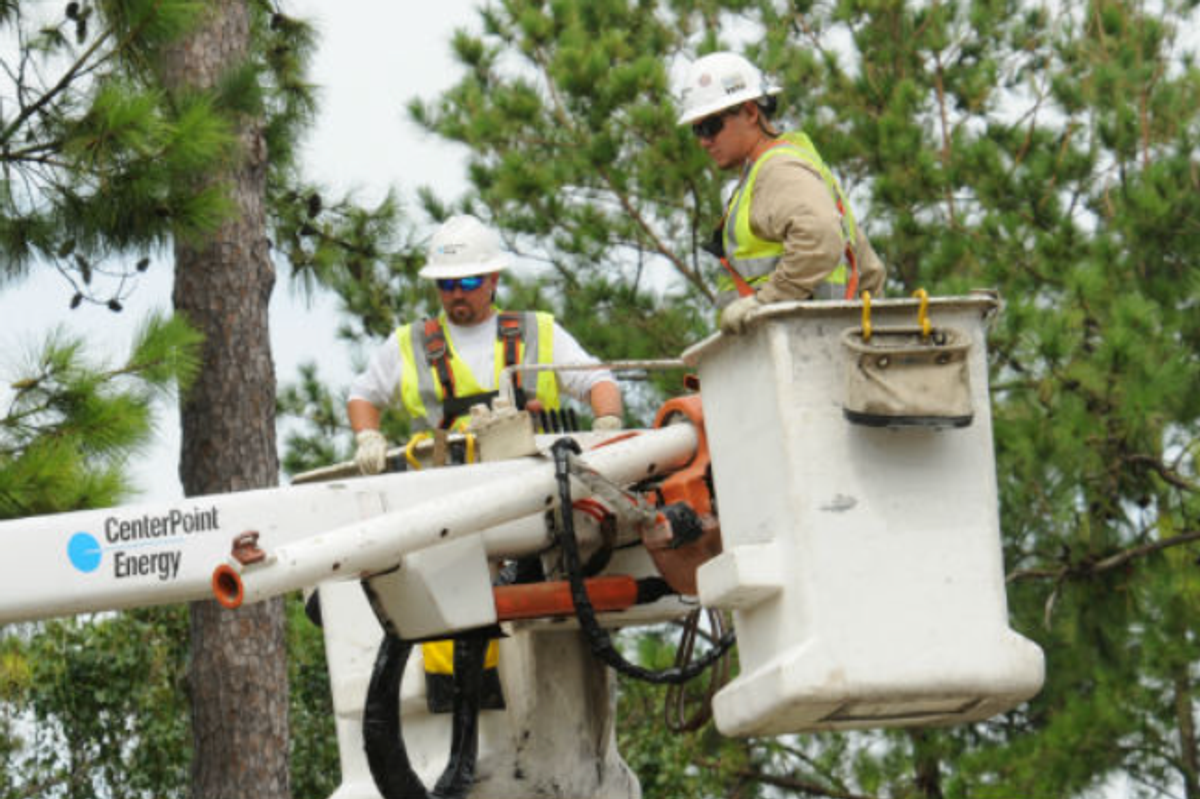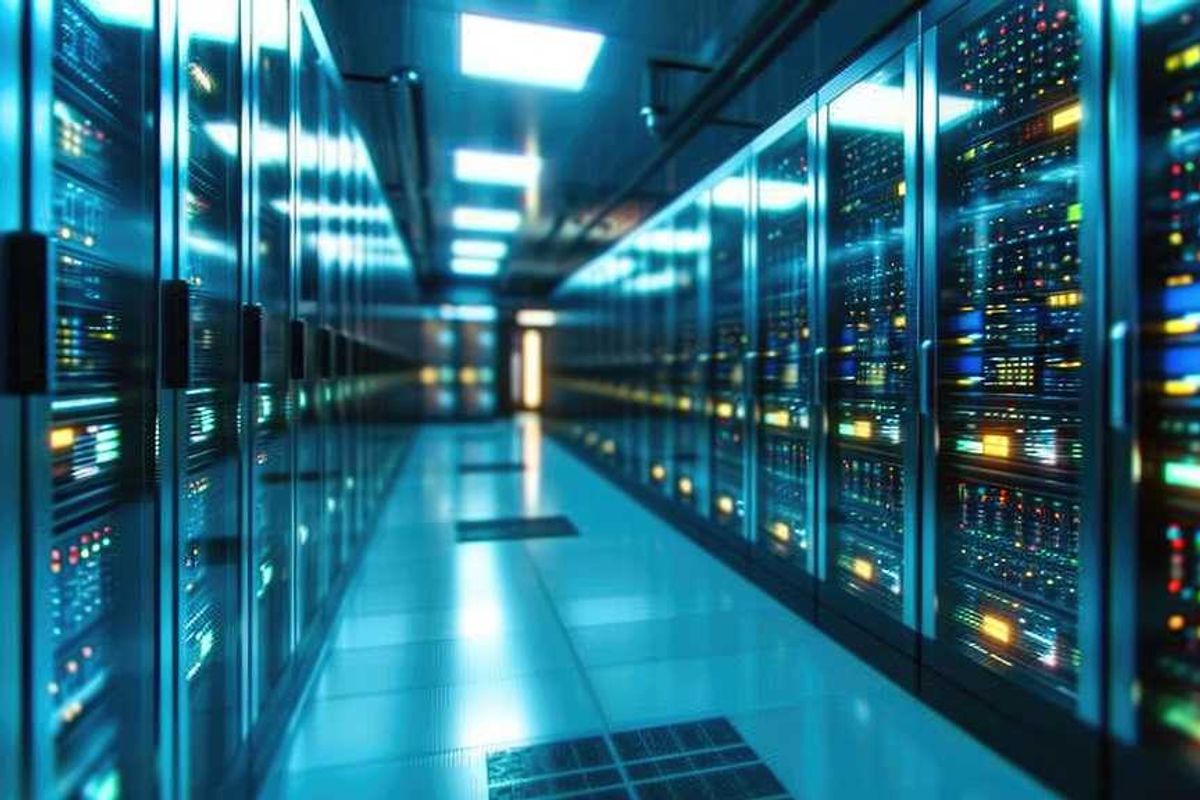Tesla posts surprise $2.17B third-quarter profit, up from a year ago
by the numbers
Tesla’s third-quarter net income rose 17.3 percent compared with a year ago on stronger electric vehicle sales, and an optimistic CEO Elon Musk predicted 20 percent to 30 percent sales growth next year.
The strong performance changed the trajectory of the year for the Austin, Texas-based company, which had seen sales and profits decline in the first two quarters.
In its letter to investors, Tesla predicted slight growth in vehicle deliveries this year, better than the 1.8 million delivered worldwide in 2023.
Tesla said Wednesday that it made $2.17 billion from July through September, more than the $1.85 billion profit it posted in the same period of 2023.
The earnings came despite price cuts and low-interest financing that helped boost sales of the company’s aging vehicle lineup during the quarter. It was Tesla’s first year-over-year quarterly profit increase of 2024, a year plagued by falling sales and prices.
Revenue in the quarter rose 7.8 percent to $25.18 billion, falling short of Wall Street analysts who estimated it at $25.47 billion, according to FactSet. Tesla made an adjusted 72 cents per share, soundly beating analyst expectations of 59 cents.
Shares in Tesla Inc. soared nearly 12 percent in trading after Wednesday’s closing bell.
On a conference call with analysts, Musk said the profit increase came despite a challenging environment for auto sales with still-high loan interest rates. “I think if you look at EV companies worldwide, to the best of my knowledge, no EV company is even profitable,” he said.
Musk qualified his prediction that Tesla would post 2025 vehicle sales growth of 20 percent to 30 percent by saying it could be changed by “negative external events.”
Earlier this month Tesla said it sold 462,890 vehicles from July through September, up 6.4 percent from a year ago. The sales numbers were better than analysts had expected.
The letter said that Tesla is on track to start production of new vehicles, including more affordable models, in the first half of next year, something investors had been looking for. The new vehicles will use parts from its current models and will be made on the same assembly lines as Tesla’s current model lineup, the letter said.
The new vehicles were not identified and the price was nebulous. Musk has said in the past the company is working on a car that will cost about $25,000, but said Wednesday that a new affordable vehicle would cost under $30,000 including government tax incentives.
Earlier this month, the company showed off a purpose-built two-seat robotaxi called “Cybercab” at a glitzy event at a Hollywood movie studio. Musk said it would be in production before 2027 and cost around $25,000.
By using parts from existing models and the current manufacturing system, Tesla won’t reach cost reductions that it previously expected using a new manufacturing setup.
Tesla said it reduced the cost of goods per vehicle to its lowest level yet, about $35,100.
The company’s widely watched gross profit margin, the percentage of revenue it gets to keep after expenses, rose to 19.8 percent, the highest in a year, but still smaller than the peak of 29.1 percent in the first quarter of 2022.
During the quarter, Tesla’s revenue from regulatory credits purchased by other automakers who can’t meet government emissions targets hit $739 million, the second highest quarter in company history.
Musk said Tesla's “Full Self-Driving” system is improving and would drive more safely than humans in the second quarter of next year. Despite the name, Teslas using “Full Self-Driving” cannot drive themselves, and human drivers must be ready to intervene at all times.
The company, he said, is offering an autonomous ride-hailing service to employees in the San Francisco Bay Area, but it currently has human safety drivers. It expects to start a robotaxi service for the public in California and Texas next year, he said.
Musk also conceded that it may not be possible to reach autonomous driving safety levels with older editions of “Full Self-Driving” hardware. If it can't do that, Tesla will upgrade computers in the older cars for free, he said.
The self-driving claims come just five days after U.S. safety regulators opened an investigation into the system's cameras to see in low-visibility conditions such as sun glare, fog and airborne dust. The probe raised doubts about whether the system will be ready to drive on its own next year.
The National Highway Traffic Safety Administration said in documents posted Friday that it opened the probe of 2.4 million Teslas after the company reported four crashes in low visibility conditions. In one, a woman who stopped to help after a crash on an Arizona freeway was struck and killed by a Tesla.
Investigators will look into the ability of “Full Self-Driving” to “detect and respond appropriately to reduced roadway visibility conditions."
Edward Jones analyst Jeff Windau said the earnings report and conference call showed that Tesla is making money on software, a business with high profit margins.
Still, he has a “hold” rating on the stock as the company moves toward robotics and autonomous vehicles. “They’ve got a lot of challenging goals out there,” he said.










